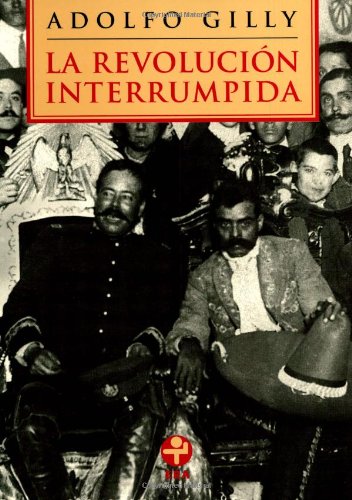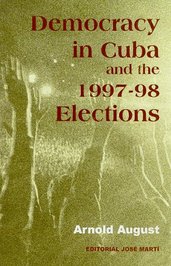A democratic society protects not only political and civil but also social and economic rights, including the rights to housing, nutrition, education, health care, and cultural formation. At a global level, a democratic world-system would respect the right of all nations to sovereignty, and it would provide support to the formerly colonized nations in their quest to attain the protection of the most important of human rights, the right to development. These rights have been confirmed in important international documents, including declarations of the United Nations. Having been affirmed by the representatives the nations and peoples of the earth, commitment to the protection of these rights is fundamental to what can be called universal human values.
A society based on universal human values has been the historic demand of the African-American movement. But this demand has been neither acknowledged nor addressed by white society or public discourse in the United States.
We have seen that in the aftermath of the civil rights and voting rights acts of 1964 and 1965, the African-American movement sought to move forward to the protection of social and economic rights and to the advocacy of a foreign policy based on cooperation with the formerly colonized peoples of the Third World. But the nation turned to repression of the black movement, which had entered its black power and Black Nationalist stage (see “The unresolved issue of race in the USA” 6/23/2015).
The inadequate protection of the social and economic rights of African-American in 1965 was a legacy of slavery and Jim Crow segregation. The civil rights and voting rights acts of 1964 and 1965 signaled a national political will to end discrimination, but they did not address the poverty and inequality that were consequence of decades of discrimination.
What could have been done in the late 1960s to overcome the legacy of racial discrimination and address the protection of the social and economic rights of blacks? In the first place, it was necessary to acknowledge and understand that critical decades had been lost. In the South, the failure to protect the political and civil rights of the emancipated slaves and to distribute land to the freedmen meant that a black agricultural middle class could not emerge during the period 1867 to 1965. In the North, the failure to provide equal employment opportunity in the expanding industrial economy in the period 1865 to 1964 meant that relatively good-paying jobs for persons with low levels of education were being taken by white immigrants from Europe rather than black migrants from the US South. In the late 1960s, the US industrial expansion was coming to an end, and the nation was entering several decades of relative economic decline; and the world-economy itself was entering a period of sustained systemic crisis.
The changing national and international economy of the late 1960s meant that the path of upward mobility that had been possible for the white European immigrants during the period 1865 to 1965 was not open to poor whites, blacks, Latinos, or indigenous people after 1965. From that time forward, there would be few relatively good-paying jobs for youth with low levels of education. Young people would have to attain higher levels of education in order to access employment opportunities in a “post-industrial” economy.
But such a model of upward mobility through educational attainment had not been the pattern of upward mobility for the white ethnic groups in the United States. The white ethnic groups were formed by a great migratory wave during the period 1865 to 1925, coming from Ireland and Southern and Eastern Europe. They were escaping conditions of displacement from land and impoverishment, and they were pulled by the industrial expansion of the United States, which was creating conditions of labor shortage. As we observe the upward mobility of the white ethnics in the United States, we find that the pattern was not upward mobility through educational attainment, but upward mobility through relatively high-wage employment for the poorly educated. The children of the European immigrants persistently had low levels of educational attainment, but through the formation of labor unions, they became a relatively well-paid labor force, in spite of low levels of education. The grandchildren and great-grandchildren of immigrants, sons and daughters of poorly educated but relatively well-paid workers, performed much better in school, and many entered the middle class. Thus, the white ethnic pattern of upward mobility involved improvement in the standard of living first, and improvement in educational attainment later. This was possible because it occurred in the context of an expanding industrial economy.
But African Americans, Latinos, and indigenous people were excluded from this prevailing pattern of upward mobility of 1865-1965. In the late 1960s, black, Latino and indigenous poor would have had to accomplish upward mobility through educational attainment first, which had not been the historic pattern of upward mobility in the United States.
It was a challenge without precedent, and effective steps would have to involve measures without precedent. A pre-condition was the national political will to attack the problem, and this was not present. As a result of the influence of the African-American movement on public discourse and the advocacy of progressive sectors, a “War on Poverty” was proposed by the Johnson Administration. But it was poorly conceived and inadequately funded.
The necessary reflection and mobilization of political resources required taking seriously the two different proposals of the African-American movement. As we have seen (“The unresolved issue of race in the USA” 6/23/2015), the prevailing tendency in the movement from 1966 to 1972 was Black Nationalism. It proposed black control of black institutions, including the development of community control of schools, so that the local community would be free to adopt necessary measures to respond to the particular challenges that the public schools in poor urban sections confronted. As we have seen, an experiment of this kind was developed in the Ocean Hill-Brownsville area of New York City, but it was brought to an and, principally as a result of the opposition of the New York City teachers’ union (see “Black community control” 5/5/2015). What was needed was full national political support for projects of this kind, with freedom for teachers and administrators to be innovative, and with full necessary funding.
The Poor People’s Campaign of Dr. Martin Luther King, Jr. pointed in a different direction. King’s vision of a coalition of black, white, Latino and indigenous poor was based on the premise that the national government can and should adopt policies and create programs that respond to the economic and social needs of the people. It can, for example, construct housing and improve the transportation infrastructure, with the double purpose of improving housing and transportation for those in need as well as providing good-paying jobs for persons with low levels of education; and it can develop educational programs that are designed to respond to the particular needs of lower-class children.
But neither the direction of black power nor that of Dr. King was engaged by the nation in the late 1960s. The African-American movement was brought to an end, silenced by the killing, incarceration, and exile of its leaders. African-American dreams and hopes were again deferred.
In the aftermath of the failure of the nation to address the protection of social and economic rights in the late 1960s, and in conjunction with structural changes in the US economy, there emerged by the 1980s what the African-American sociologist William J. Wilson described as socially isolated black lower class neighborhoods. They emerged in the historic black sections of cities, and they came into being in part as a result of the outmigration of the black middle and working classes. According to Wilson, black lower class neighborhoods were characterized by social isolation and separation from the mainstream of the US occupational system, and they had high levels of poverty, welfare dependency, youth joblessness, male joblessness, street crime, drug addiction, teenage pregnancy, and female-headed families (Wilson 1987).
By the 1980s, the nation and the world-system had turned to neoliberalism, characterized by the reduction of the role of the state and the dismantling of social programs designed to protect the interests and needs of the popular classes. The national and global war against the poor had begun. The African-American movement agenda for the protection of social and economic rights and for a democratic world-system had been discarded into the dustbin of history.
The failure of the nation to address the issue of race and the legacy of racial discrimination is a dimension of a larger failure of the nation to engage the demands of the popular movements, a phenomenon in part rooted in the limitations of the movements themselves, a theme which we will address in subsequent posts.
Bibliography
McKelvey, Charles. 1994. The African-American Movement: From Pan-Africanism to the Rainbow Coalition. Bayside, New York: General Hall.
Wilson, William J. 1987. The Truly Disadvantaged: The Inner City, the Underclass, and Public Policy. Chicago: University of Chicago Press.

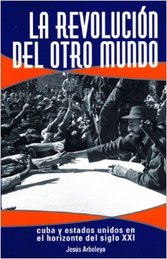
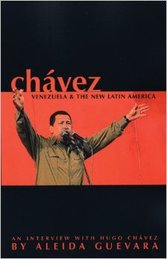
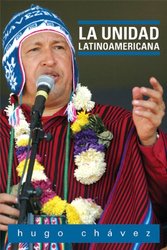


 RSS Feed
RSS Feed
